
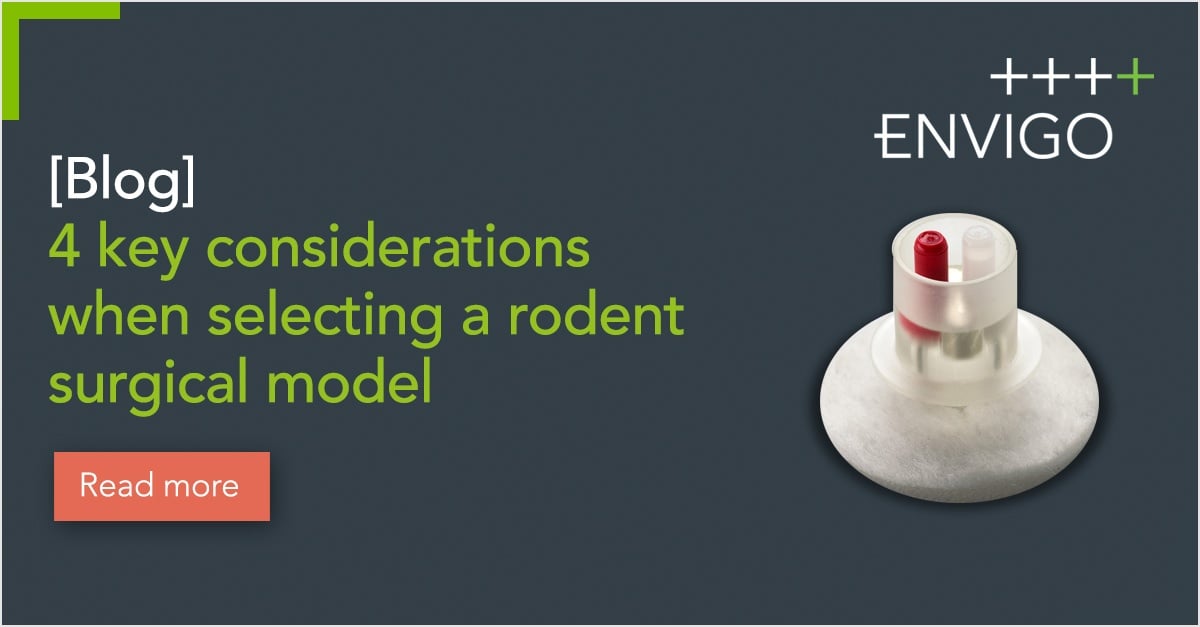
4 key considerations when selecting a rodent surgical model
Animal catheterization serves a valuable tool to reduce experimental variability in several ways. It allows for consistent dosing as well as consistent blood sampling, while at the same time...
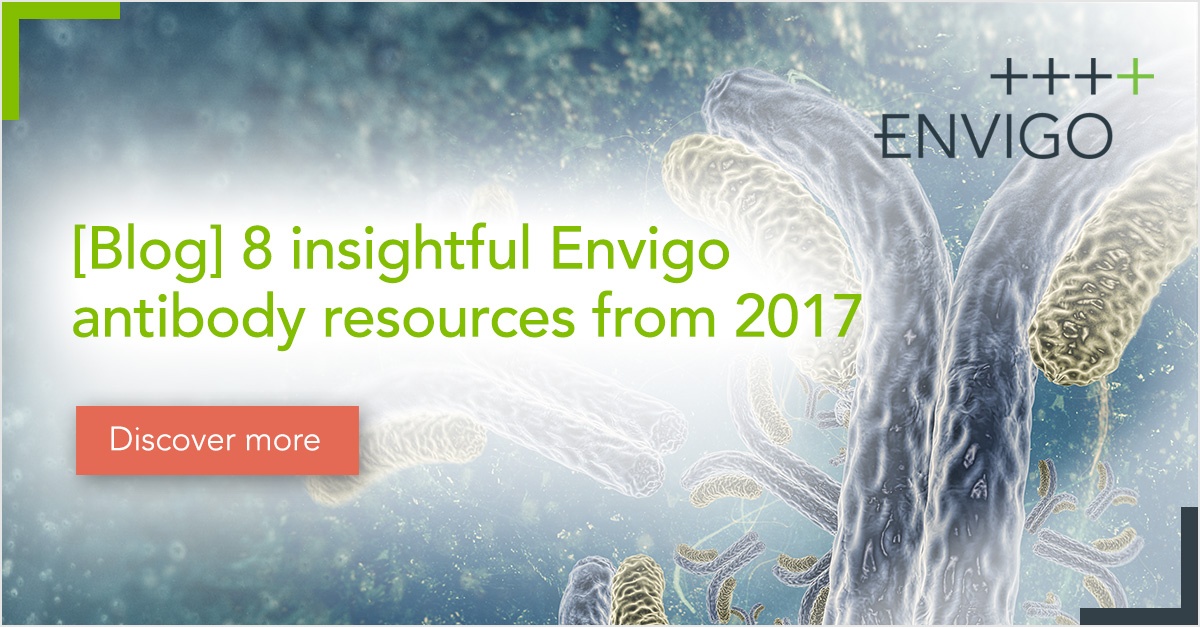
8 insightful Inotiv antibody resources from 2017
Maximize your research, diagnostic or therapeutic use of antibodies in 2018 and beyond It was a busy year for Inotiv's custom antibodies team in 2017. As another year came to an end, we collated a...
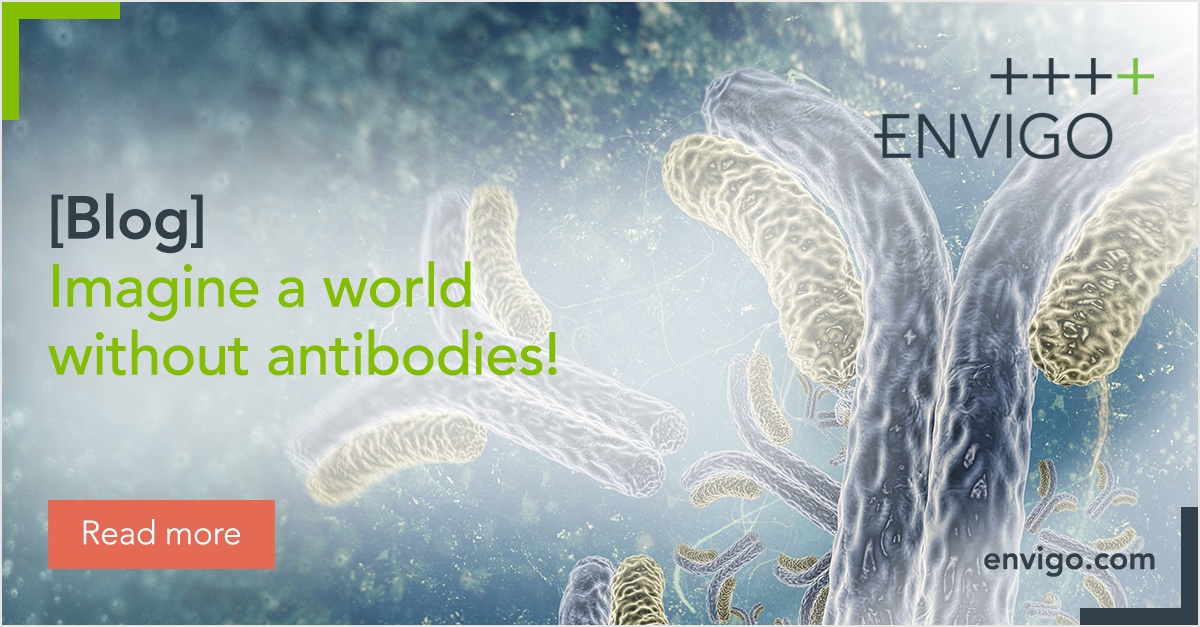
Imagine a world without antibodies
Ongoing efforts to advance research, diagnostics and therapeutic products It is hard to imagine a world without antibodies. Besides their natural ability to fight off diseases in animals, they are...
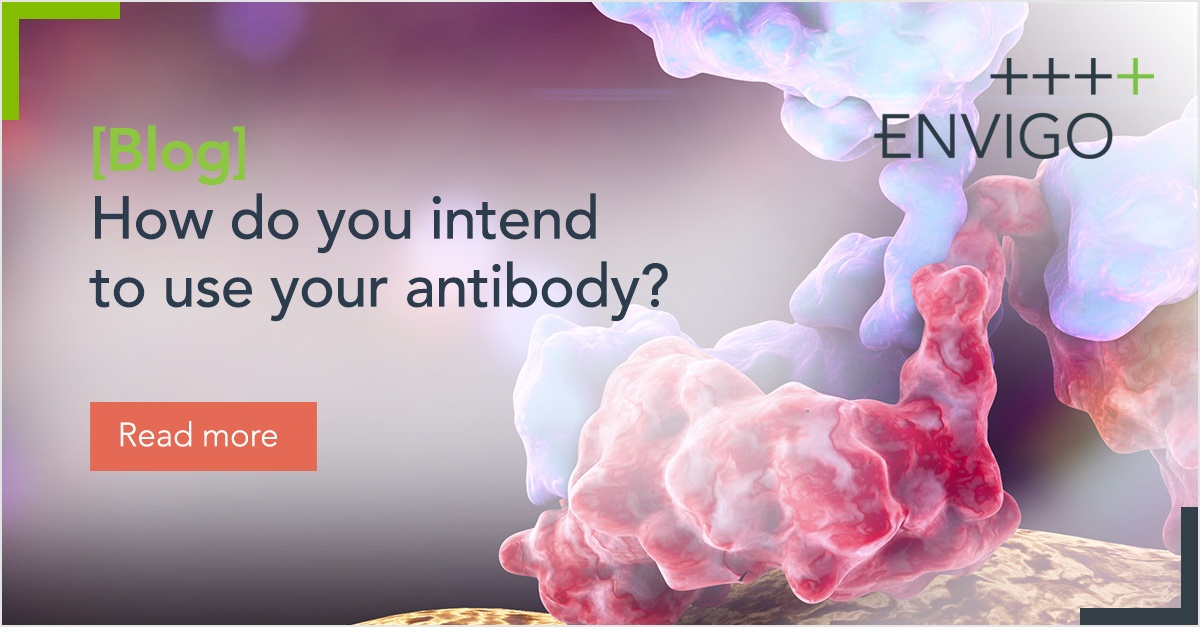
How do you intend to use your antibody?
Antigen selection and preparation Optimal selection and preparation of the antigen is crucial to obtaining high-quality antibodies in both polyclonal and monoclonal antibody production. Although the...
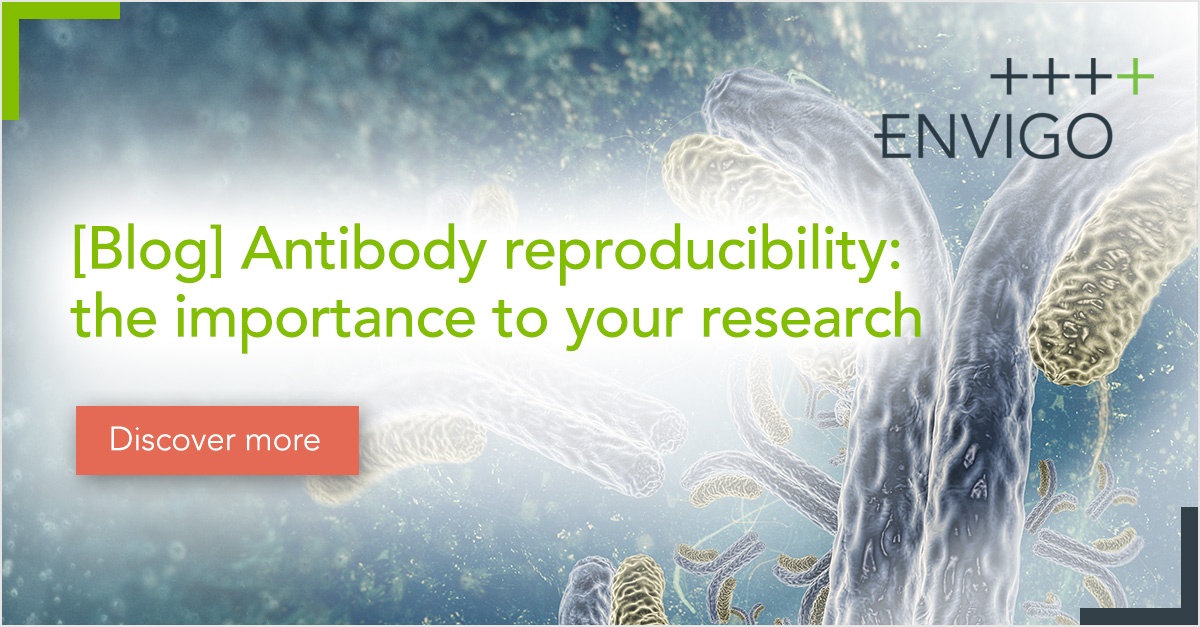
Antibody reproducibility: the importance to your research
The production of antibodies for use in research and development and in medicine has a long history. Although there is no doubt that the use of antibodies has made a significant contribution to our...
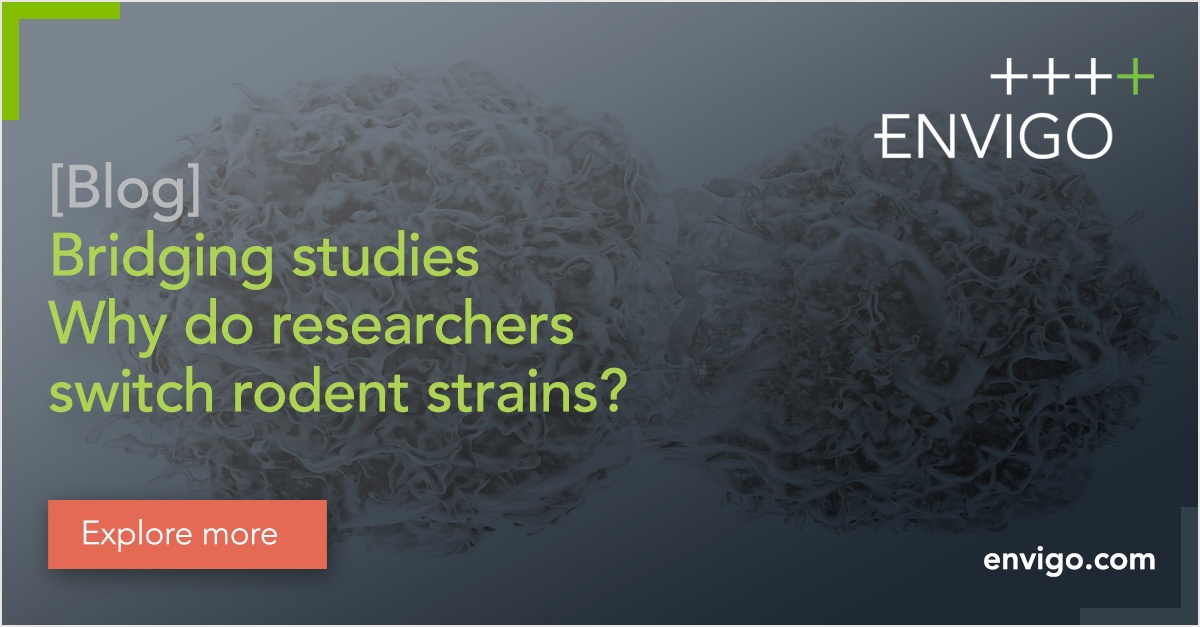
Bridging studies - Why do researchers switch rodent strains?
Selecting the right model and rodent strain for your oncology studies can maximize the chances of success. However, there is an ever-increasing portfolio of available models and strains that may...
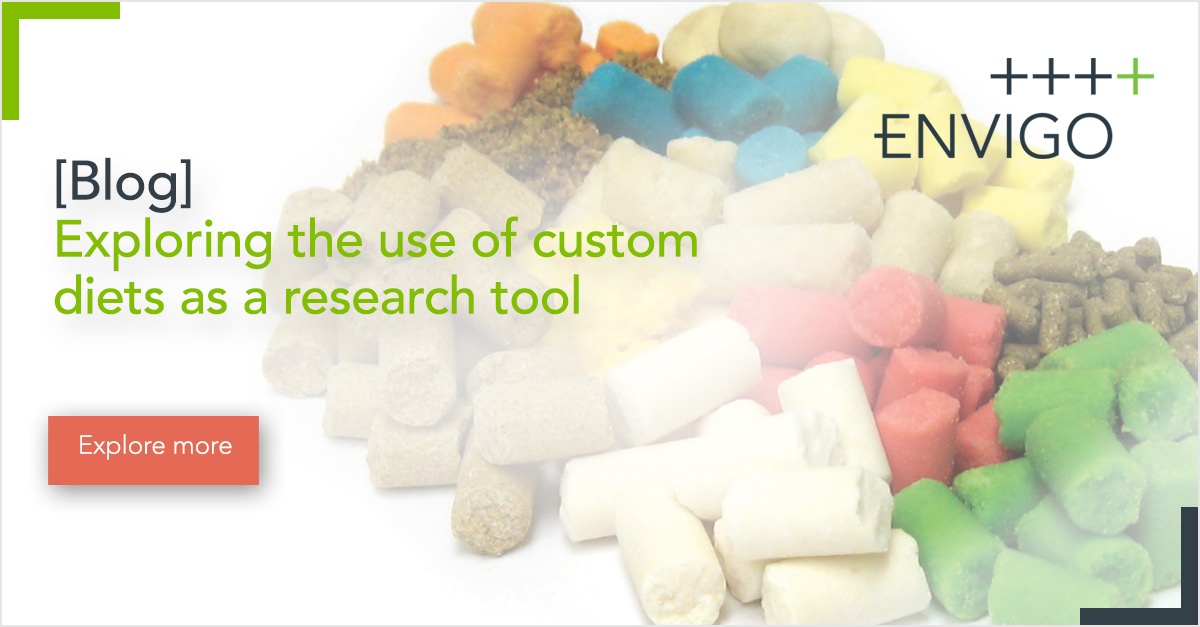
Exploring the use of custom diets as a research tool
A strategic custom diet can serve as a vital research tool. This post will discuss how custom lab animal diets are fed for a defined purpose, such as nutrient control, inducing disease, or as a...

